MicroRNA editing in seed region aligns with cellular changes in hypoxic conditions RNA editing is a finely tuned, dynamic mechanism for posttranscriptional gene regulation that has been thoroughly investigated in the last decade The impact of miRNA seed types on target downregulation Previous studies have identified several major types of canonical miRNA target sites, including those matching to the 6mer, 7mer, or 8mer miRNA seed sequences (Table 2)Sequence conservation analysis suggested that target sites pairing to longer miRNA seeds are more conserved across species and thus areAn online tool for the detection of miRNA polymorphisms in vertebrates miRNA SNiPer accepts a list of miRNA genes and returns a table of variations within different regions of miRNA genes premiRNA, mature, seed region MirSNP is a collection of human SNPs in predicted miRNA
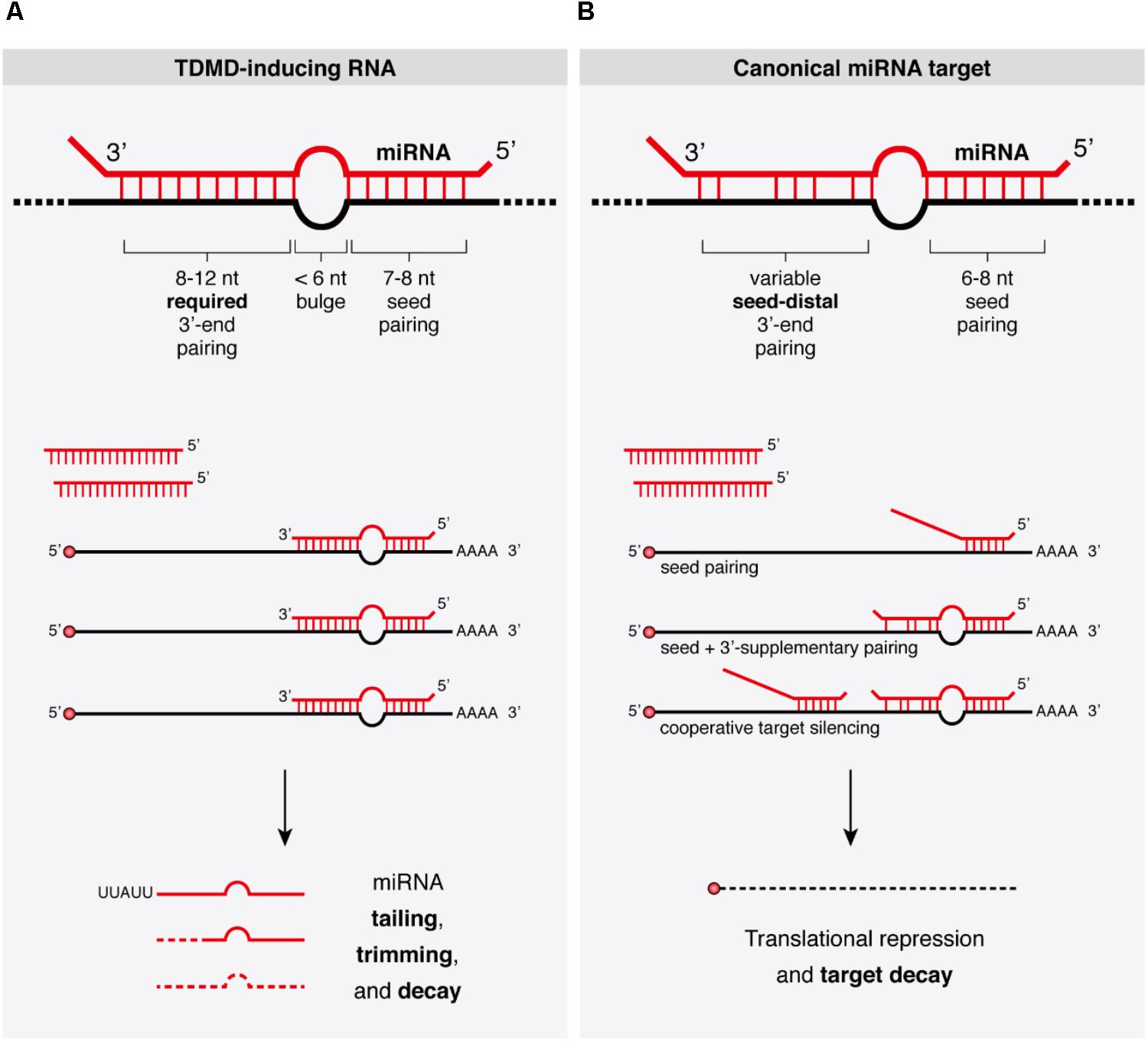
Frontiers Target Rnas Strike Back On Micrornas Genetics
Seed region of mirna
Seed region of mirna-Complementarity to an miRNA Seed Region Is Sufficient to Induce Moderate Repression of a Target Transcript in the Unicellular Green Alga Chlamydomonas reinhardtii Tomohito Yamasaki,1 Adam Voshall,2 EunJeong Kim,2 Etsuko Moriyama,2 Heriberto Cerutti,2 and Takeshi Ohama1 1A database of naturally occuring DNA variations in miRNA seed regions and their target sites MosquitoTar miRNA targets in an integrate database for mosquitoes, inclusive of prediction and functional analysis tools Three different algorithms are used to predict miRNA function from overlapping target genes
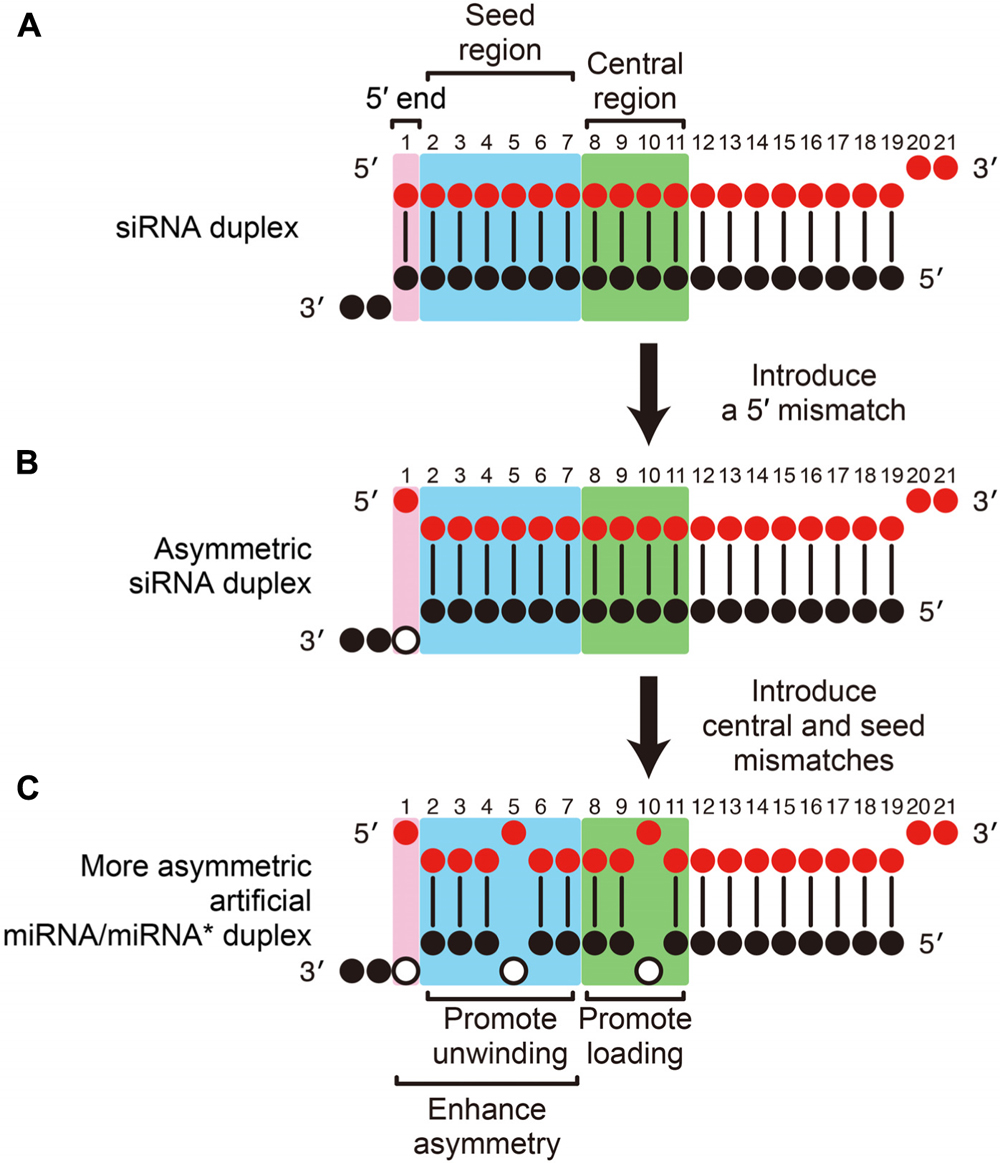



Frontiers Mirna Like Duplexes As Rnai Triggers With Improved Specificity Genetics
Specifically, seedbased canonical target recognition was dependent on the GC content of the miRNA seed For miRNAs with low GC content of the seed region, noncanonical targeting was the dominant mechanism for target recognition This region is known as "seedregion" and found at the 27 base of the miRNA This region is able to suppress the target mRNAs without having a complete base pairing at the 3'end of the miRNA Another class involves the improper complementary base pairing at the 5'end of the miRNAs, but to overcome this imperfect pairing, there areMiRNA This interaction between the miRNA and 39 UTR is dependent upon a 6–8 nucleotide sequence found in the 59 end of the miRNA called the ''seed'' sequence This sequence must have perfect complementarity with its 39 UTR binding site for repression to occur Disruption of the seed region of the miRNA
MiRNA seed region is more critical than the 3′ region for target recognition in A thaliana (Mallory et al, 04) Moreover, plant and algal small RNAs also induce translational repression of perfectly complementary target mRNAs without, or with only minimal, transcript destabili In contrast to the miRNA 5′ (seed) region, the role of the 3′ region in miRNAtarget recognition is less defined Early evidence arose from reported cases of miRNA repression without perfect pairing in the seed region 13 In those cases, increased pairing in the 3′ region was observed ( Fig 1 B) 31 miRNAs with SNPs in Their Seed Region Are Significantly Enriched in Clusters In total, we identified 1879 SNPs in 1226 (436%) human miRNA seed regions after mapping genetic variation onto human miRNA seed regions based on the genomic coordinates of SNPs in dbSNP human Build 147 and miRNAs in miRBase release 21 (Table S1)
The most critical region for complementarity is the seed region (nucleotides 2–7 from the 5'terminus of the miRNA) 4,7 Aside from the seed region, other criteria have been established that can enhance miRNAmediated repression including complementarity at position 8 and the presence of an adenosine residue opposite the first miRNA nucleotide 8,9 Any polymorphism that interferes with these critical regions will affect miRNA regulation either by disrupting or creating a miRNA The nonseed region of siRNA was found to be subdivided into four domains, in which two nucleotide pairs (positions 13 and 14) were replaceable with cognate deoxyribonucleotides without reducing RNAi activity However, Dcr alone can process dsRNA and premiRNA (11, 24–26), but Dcr appears to form a heterodimer with TRBP or PACTIn miRNA targeting, the seed region (nt g2g7 or g2g8, from the miRNA 5' end) is the primary determinant for targeting efficacy and specificity, with over 80% of miRNAtarget under aCCBYND 40 International license not certified by peer review) is the author/funder, who has granted bioRxiv a license to display the preprint in perpetuity




Beyond The Seed Structural Basis For Supplementary Microrna Targeting By Human Argonaute2 The Embo Journal



Silo Tips Download How To Measure Mirna Expression Matt Barter
Is the miRNA seed region always located between the 2 and the 7 nucleotides? Here we show that point mutations in the seed region of miR96, a miRNA expressed in hair cells of the inner ear 8, result in autosomal dominant, progressive hearing loss This is the first study The miRNA sequence can be separated into five functional domains that affect miRNAtarget recognition 5′ anchor (nt 1), seed sequence (nts 2–8), central region (nts 9–12), 3′ supplementary region (nts 13–16), and 3′ tail (nts 17–22) (Wee et al, 12) We anticipated that complementarity to the seed sequence of the cognate miRNA would be a prominent feature in




Stability Of Mirna 5 Terminal And Seed Regions Is Correlated With Experimentally Observed Mirna Mediated Silencing Efficacy Topic Of Research Paper In Biological Sciences Download Scholarly Article Pdf And Read For Free On
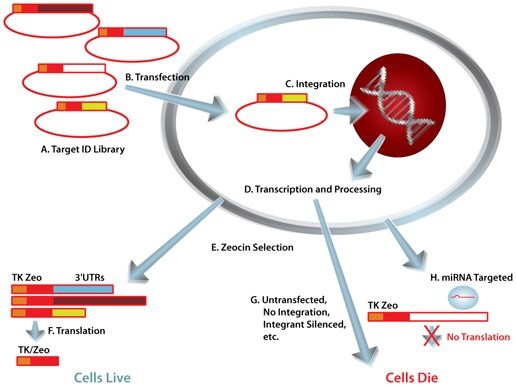



Mission Target Id Library For Human Mirna Target Id And Discovery
MiRNA targeting through canonical seed sites (Chen et al, 11) The binding sites for these gene targets, for which the vast majority have been identified in transcript 3'untranslated regions (3'UTRs), contain a canonical base pairing of 6–8 nucleotides to the miRNA 5' seed region It is thought that most miRNAmRNA interactions involve the seed region at the 5′ end of the miRNA The importance of seed sites is supported by experimental evidence, although there is growing interest in interactions mediated by the central region of The significance of seed region (nucleotides 2–8) thermodynamic stability in the process of offtarget effects has been thoroughly explored 17 Our detailed study revealed that the siRNA seed region encompassing nucleotides 2–5 has the highest positive correlation with offtarget effect ( Fig 2 )




Frontiers Target Rnas Strike Back On Micrornas Genetics




Frontiers Mirna Like Duplexes As Rnai Triggers With Improved Specificity Genetics
Furthermore, additional mRNA pairing to the 3′ region of miRNA, termed as productive seed pairing, can increase the target recognition or it can compensate for the mismatch to the seed (3′ supplementary sites and 3′ compensatory sites, respectively) Base pairing of the miRNA seed region (positions 2–8 from the 5′ end of an miRNA) in animals is critical for target recognition and repression (Bartel, 09;AtoI editing in the miRNA seed region regulates target mRNA selection and silencing efficiency 11 Pages AtoI editing in the miRNA seed region regulates target mRNA selection and silencing efficiency Nucleic acids research, 14 Josephine Galipon Download PDF




Mirna Therapeutics A New Class Of Drugs With Potential Therapeutic Applications In The Heart Future Medicinal Chemistry




Sites Matching In The Mirna Seed Region Including All K Mer 8mer Download Scientific Diagram
Several miRNAs have been shown to play an essential role in adipogenesis, such as miR27 16, miR21 17, miR27b 18, and miR335 19 The SNP identified in our study is located in the seed region of the miRNA that has to be complementary to the mRNA inFor the 1226 human miRNAs with SNPs in their seed region, 314 (256%) of them are located in miRNA clusters, whereas among the 1587 human miRNAs without SNPs in their seed region, only 3 (2%) of them are located in miRNA clusters (P = 606 × 10 −4, χ 2 test) (Table S2) miRNAs from the same cluster have the tendency to regulate theSense strand), also called the 'seed region', is complementary to the 3′ untranslated regions (UTRs) of multiple mRNAs, causing degradation of their associated transcripts 8,9 To improve the interpretation of RNAi datasets and to help minimize followup experimental efforts, it is important to identify transcripts that are




Different Seed Match Regions Of Mirnas Mirnalyze Follows A Download Scientific Diagram




Dbmts A Comprehensive Database Of Putative Human Microrna Target Site Snvs And Their Functional Predictions Li Human Mutation Wiley Online Library
Canonically, miRNA targeting is reliant on base pairing of the seed region, nucleotides 2–7, of the miRNA to sites in mRNA 3′ untranslated regions Recently, the 3′ half of the miRNA has gained attention for newly appreciated roles in regulating target specificity and regulationPasquinelli, 12) In contrast, most evidence indicates that miRNAs in land plants require more extensive pairing to their targets (Schwab et al , 05 ; Micro(mi)RNAs regulate gene expression through translational attenuation and messenger (m)RNA degradation, and are associated with differentiation, homeostasis and disease Natural miRNA target recognition is determined primarily by perfect complementarity in a seed region (nucleotide positions 2 to 7) with additional interactions contributing in a sequence and




Types Of Mirna Target Sites And Multiple Sites A Stringent Seed Download Scientific Diagram




Systematic Prediction Of The Impacts Of Mutations In Microrna Seed Sequences
The seed region of the miRNA, nucleotides 28, is a major determinant of miRNA targeting To investigate the importance of seed complementarity in the ability of antimiRs to associate with the miRNAArgonaute complex, we performed binding assays with 5′biotinylated compounds with perfect and mismatched seed sequences ( Figure 2 )SCIENTIFIC REPORTS srep 1 wwwnaturecomscientificreports Long noncoding RNAs harboring miRNA seed regions are enriched in prostate cancer exosomes Alireza Ahadi1,2, Samuel Brennan3, Paul J Kennedy2,4, Gyorgy Hutvagner2 & Nham Tran2,5 Long noncoding RNAs (lncRNAs) form the largest transcript class in the human transcriptomeMicroRNAs, or miRNAs, posttranscriptionally repress the expression of proteincoding genes The human genome encodes over 1000 miRNA genes that collectively target the vast majority of messenger RNAs (mRNAs) Basepairing of the socalled miRNA "seed" region with mRNAs identifies many thousands of putative targets




Snps In Microrna Target Sites And Their Potential Role In Human Disease Open Biology




Beyond The Seed Structural Basis For Supplementary Microrna Targeting By Human Argonaute2 The Embo Journal
MiRNA or miRNA duplexes with an overall higher BPP, with ADAR2 preferring targets with a high BPP in the root region Consistentwith priorstudies26,theseedregionsresponsiblefor target mRNA recognition were significantly more edited than nonseed regions for both ADARs Sequence motif alignments further revealed a difference in the breadth ofSeed region of miRNA associated with Argonaute2 protein The seed region of the miRNA strand is shown Nucleotides 2 through 5 can be seen in positions that are able to interact with the complementary mRNA strand Nucleotides 1, 6 and 7 are not exposed to the mRNA stand in this conformation Seed region of miRNA TargetScan predict regulatory targets of vertebrate microRNAs (miRNAs) by identifying mRNAs with conserved complementarity to the seed (nucleotides 27) of the miRNA An overrepresentation of conserved adenosines flanking the seed complementary sites in mRNAs indicates that primary sequence determinants can supplement base pairing to specify




Mapping The Human Mirna Interactome By Clash Reveals Frequent Noncanonical Binding Cell
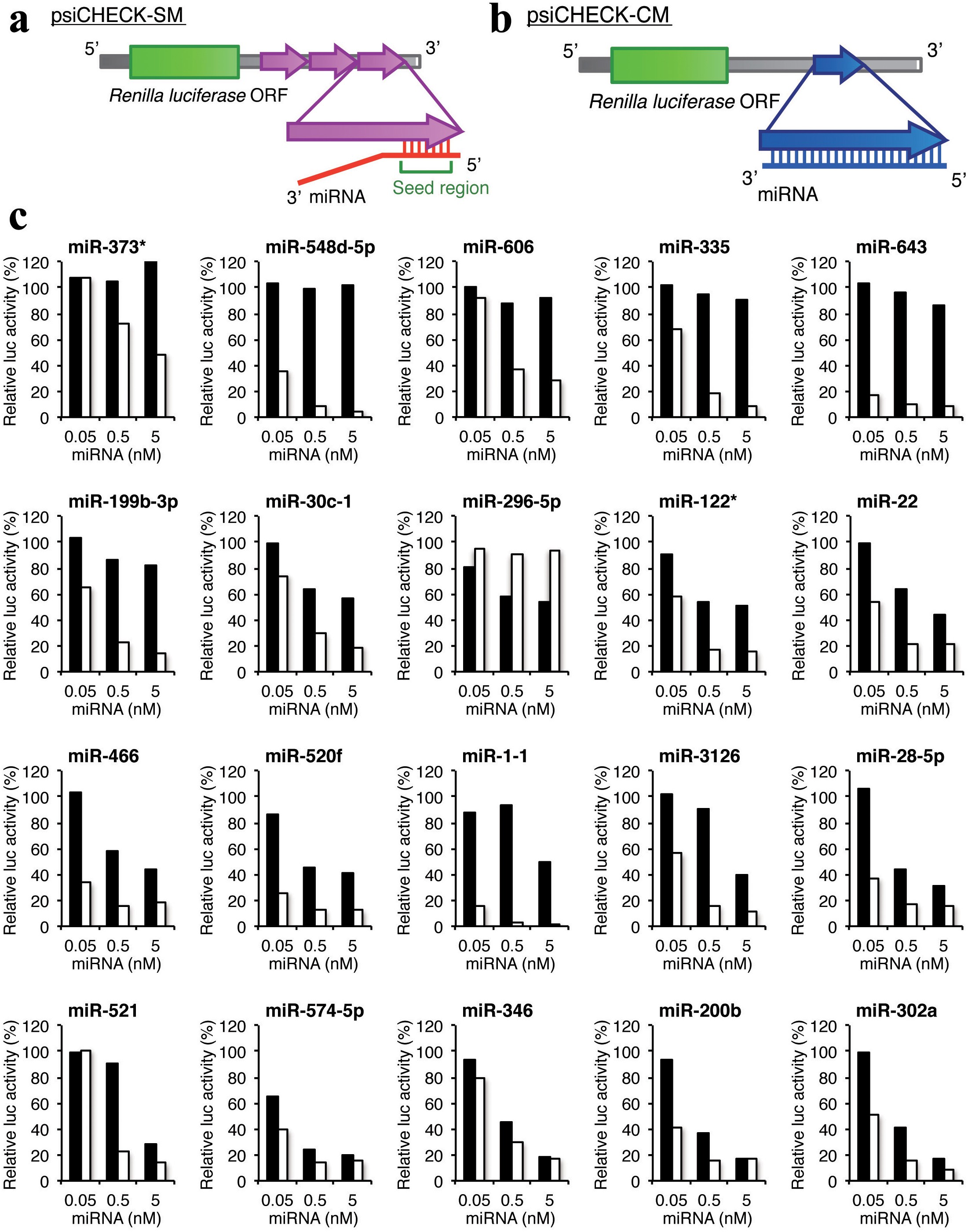



Stability Of Mirna 5 Terminal And Seed Regions Is Correlated With Experimentally Observed Mirna Mediated Silencing Efficacy Scientific Reports
MiR seed region mutation studies demonstrated strong dependence of the miRNA 3'end sequence targeting DAPK3 CDS MiRNA target genes in their coding region, eg miRN96Nanog, miR470Nanog, miR470Oct4 and miR134Sox2 play an important role in mouse embryonic stem cell differentiation Thus, the functions of miRNA 5′ terminal and seed regions in miRNAmediated gene silencing may differ Some miRNAs, such as let7 47,48, miR34 49,The master tumor suppressor miRNA miR34a5p is toxic through such a Grich 6mer seed and is upregulated in cells subjected to genotoxic stress An analysis of all mature miRNAs suggests that



1




Example Of Mirna Target Alignment This Schematic Representation Shows Download Scientific Diagram
MiRNA A target region is said to have a seed match if there is a continuous pairing of mRNA nucleotides with the seed region of the miRNA, and the target site is called as a canonical or seedmatch site Other target sites that don't have continuous base pairing with the seed region of the miRNA are called noncanonical or seedless sitesIf two miRNAs differ in their seed sequence for one nucleotide in theMiRNAs regulate the gene expression by binding to the mRNA The seed sequence is essential for the binding of the miRNA to the mRNA The seed sequence or seed region is a conserved heptametrical sequence which is mostly situated at positions 27 from the miRNA 5´end Even though base pairing of miRNA and its target mRNA does not match perfect, the "seed sequence"
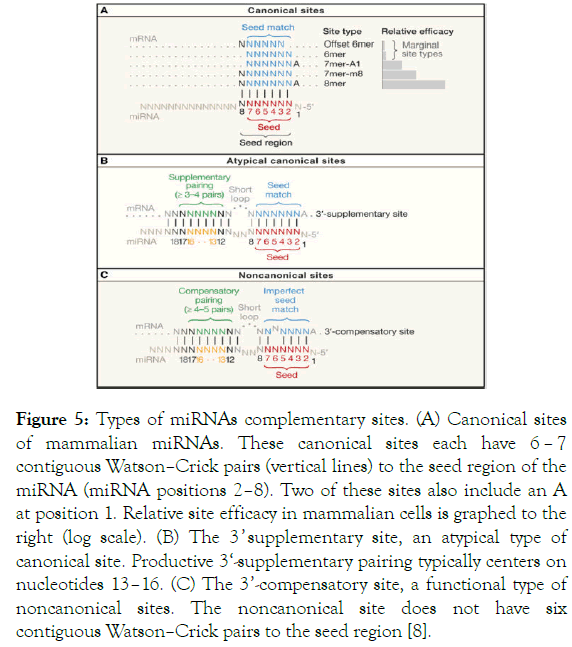



Micrornas In Skin Biology Biogenesis Regulations And Functions In Homeostasis And Diseases




Pairing Beyond The Seed Supports Microrna Targeting Specificity Sciencedirect
A total of 1879 SNPs were mapped to 1226 human miRNA seed regions We found that miRNAs with SNPs in their seed region are significantly enriched in miRNA clusters We also found that SNPs in clustered miRNA seed regions have a lower functional effect than have SNPs in nonclustered miRNA seed regions
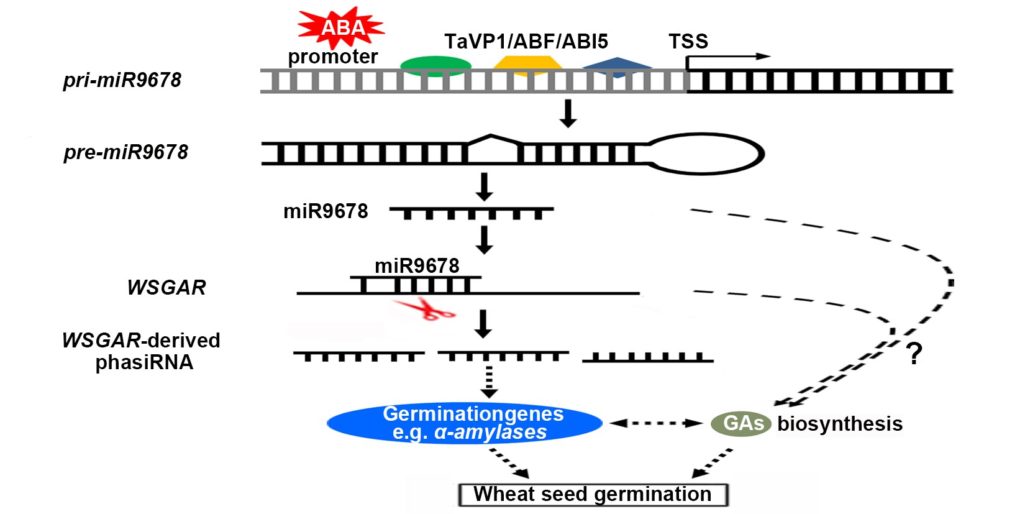



Plantae Mirna Mediated Regulation Of Germination Plantae



Www Preprints Org Manuscript 2102 0541 V1 Download




Dbmts A Comprehensive Database Of Putative Human Microrna Target Site Snvs And Their Functional Predictions Li Human Mutation Wiley Online Library




Got Target Computational Methods For Microrna Target Prediction And Their Extension Abstract Europe Pmc



Plos One Evolution Of Microrna In Primates




Ijms Free Full Text Microrna Nanotherapeutics For Lung Targeting Insights Into Pulmonary Hypertension Html
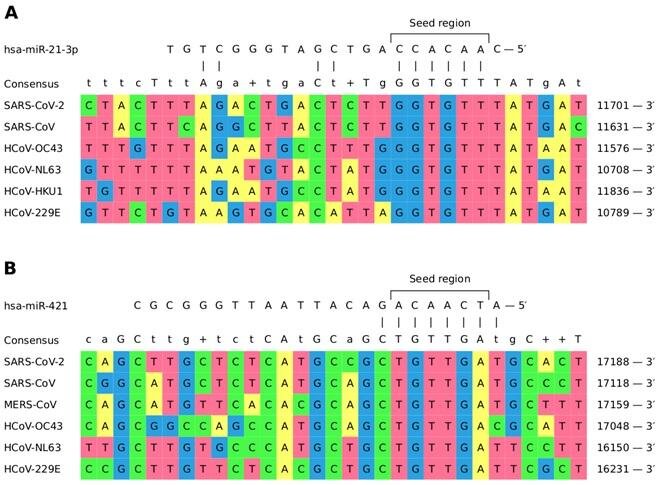



Microrna Molecules Potentially Capable Of Repressing The Replication Of Human Coronaviruses
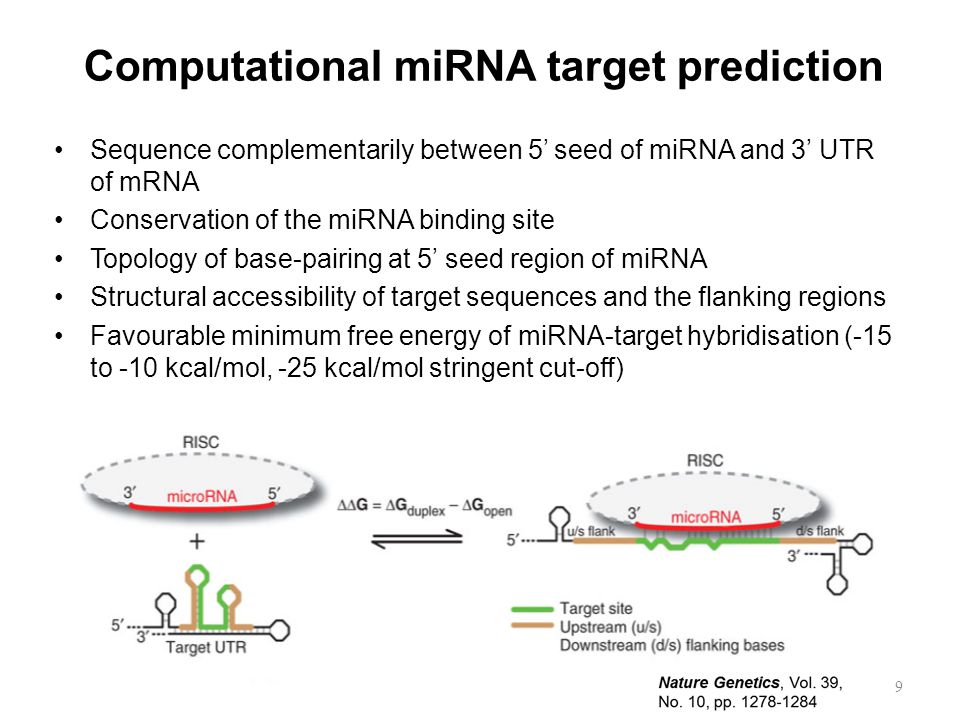



Methods For Identifying Microrna Binding Motifs Ppt Video Online Download
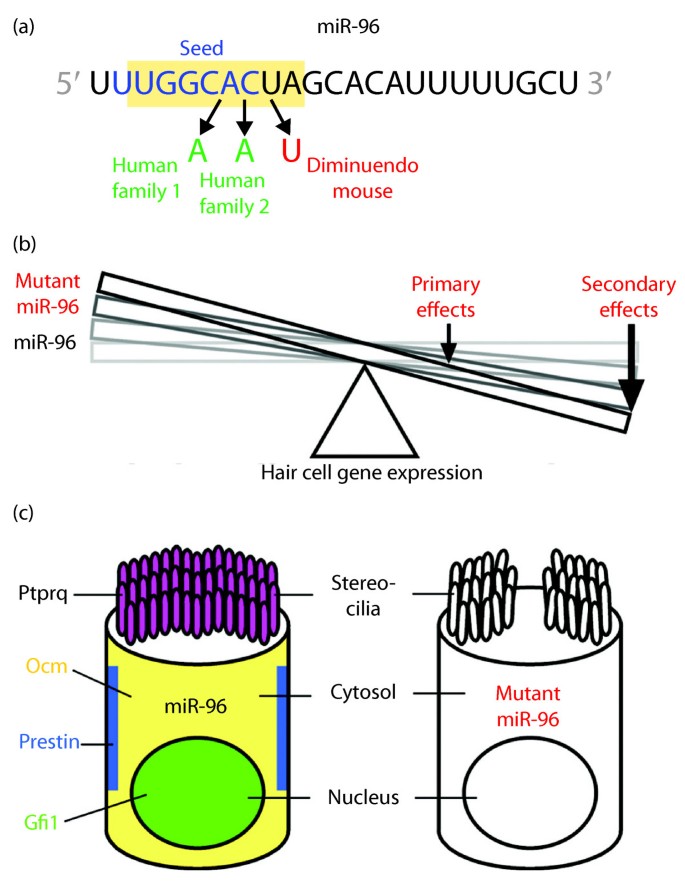



Micrornas Sound Off Genome Medicine Full Text



Mirnatools3 Tutorials Scenario4




Correlation Between Mirna Targeted Gene Promoter F1000research




Crispr Screening Strategies For Microrna Target Identification Yang The Febs Journal Wiley Online Library




Mismatches In The Mirna Proximal Seed Region Disrupt The Binding Download Scientific Diagram




Pairing Beyond The Seed Supports Microrna Targeting Specificity Sciencedirect
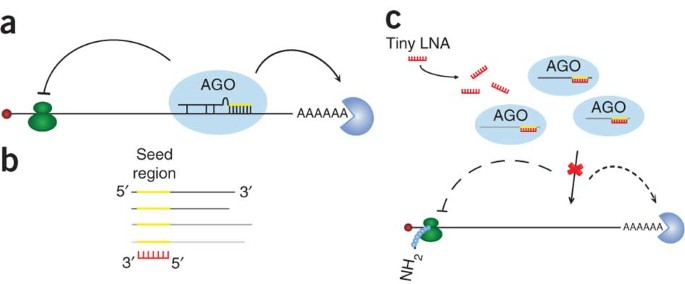



Silencing Of Microrna Families By Seed Targeting Tiny Lnas Nature Genetics
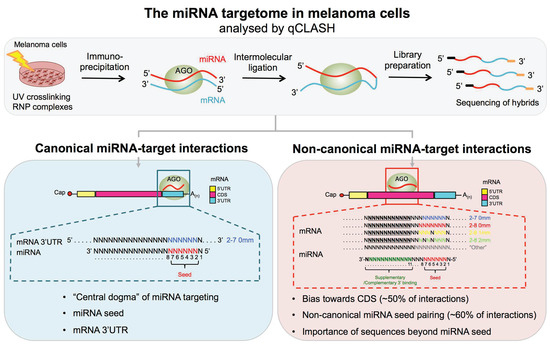



Cancers Free Full Text Cross Linking Ligation And Sequencing Of Hybrids Qclash Reveals An Unpredicted Mirna Targetome In Melanoma Cells Html
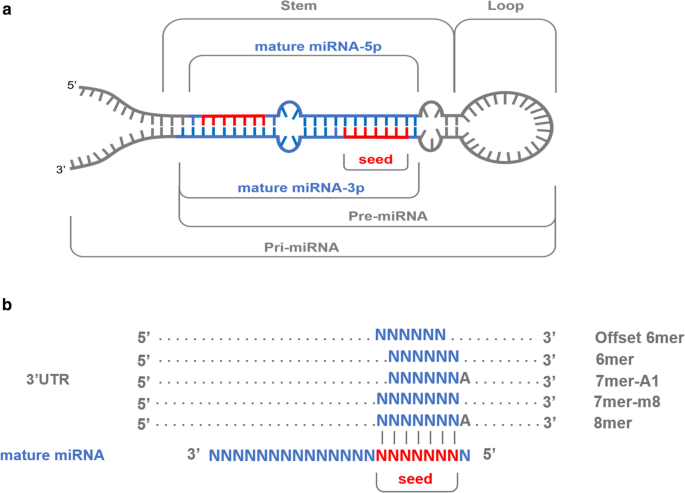



Variability In Porcine Microrna Genes And Its Association With Mrna Expression And Lipid Phenotypes Genetics Selection Evolution Full Text




Riboxx Rna Technologies Benefits Of Rnai Cap For Mirna



1




Examples Of Mirna Target Interactions Pairing Schemes Of Several Download Scientific Diagram




Pdf Microrna Seed Region Length Impact On Target Messenger Rna Expression And Survival In Colorectal Cancer Semantic Scholar



1



Microrna Wikipedia




The Biochemical Basis Of Microrna Targeting Efficacy




The Characterization Of Microrna Mediated Gene Regulation As Impacted By Both Target Site Location And Seed Match Type




Microrna Single Nucleotide Polymorphisms And Diabetes Mellitus A Comprehensive Review Zhang 19 Clinical Genetics Wiley Online Library




The Biochemical Basis Of Microrna Targeting Efficacy Biorxiv



Insect Micrornas From Molecular Mechanisms To Biological Roles Part 2



Journal Hep Com Cn Pac En Article Downloadarticlefile Do Attachtype Pdf Id 1345
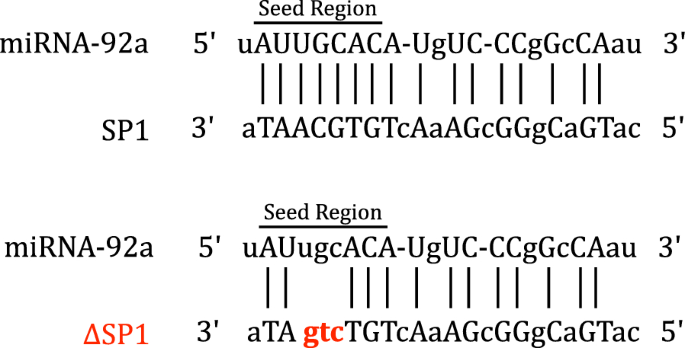



Microrna 92a Regulates The Expression Of Aphid Bacteriocyte Specific Secreted Protein 1 Bmc Research Notes Full Text




Mapping The Human Mirna Interactome By Clash Reveals Frequent Noncanonical Binding Abstract Europe Pmc




Miraw A Deep Learning Approach To Predict Mirna Targets By Analyzing Whole Mirna Transcripts Biorxiv




Eshre19
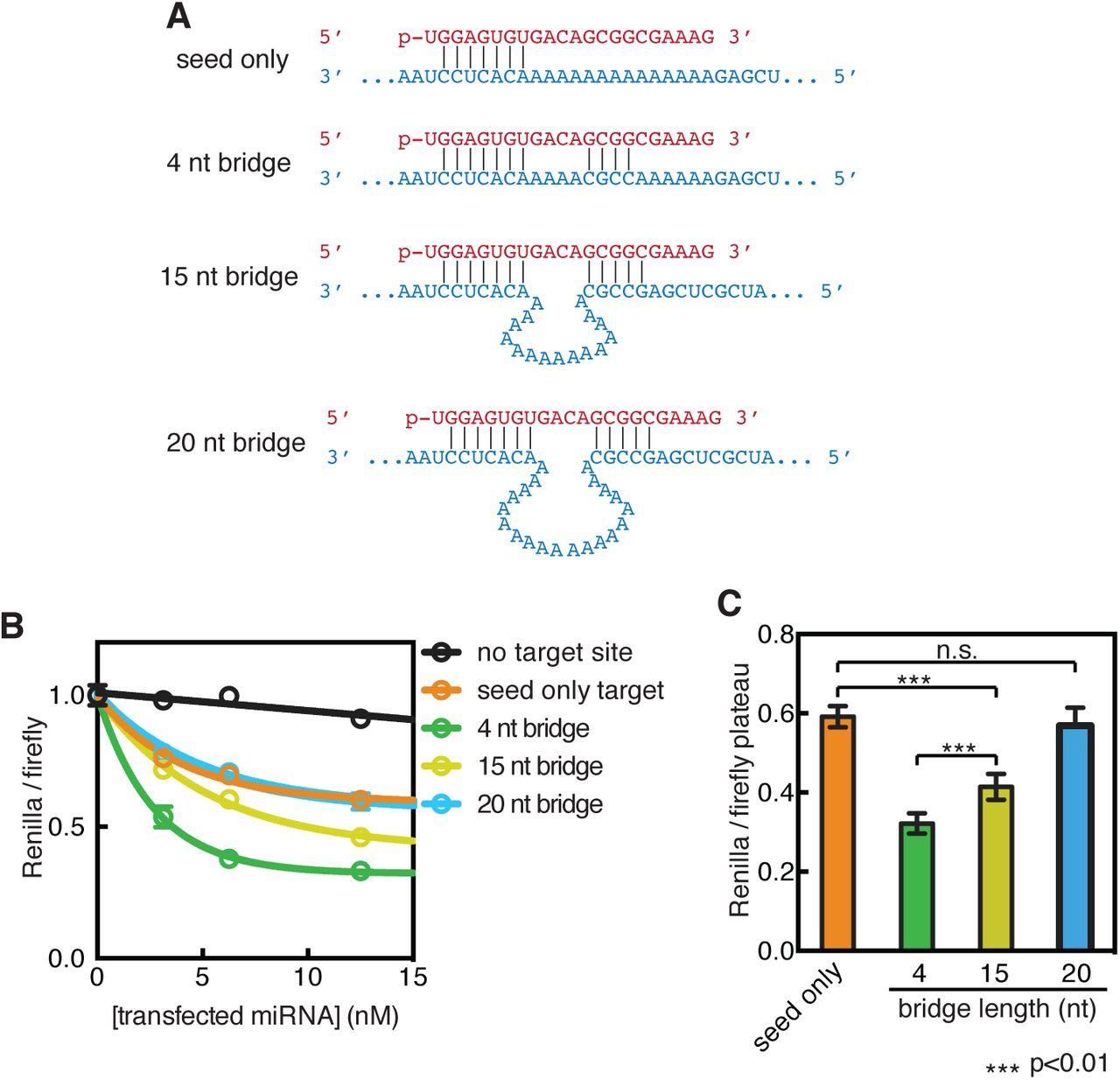



Beyond The Seed Structural Basis For Supplementary Microrna Targeting Biorxiv
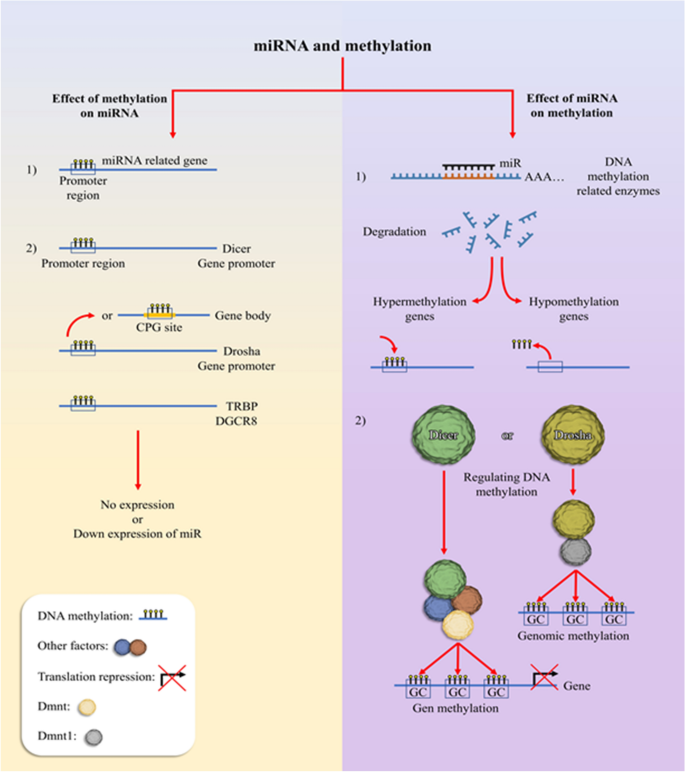



Overview Of Host Mirna Properties And Their Association With Epigenetics Long Non Coding Rnas And Xeno Infectious Factors Springerlink
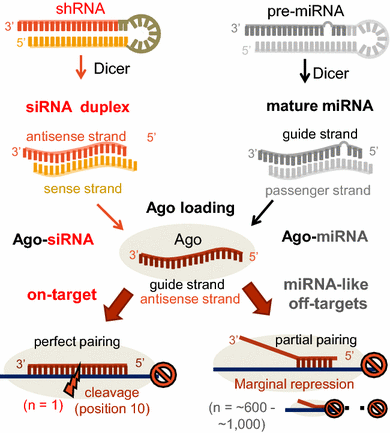



Evaluation And Control Of Mirna Like Off Target Repression For Rna Interference Springerlink




Microrna Regulation And Cardiac Calcium Signaling Circulation Research




Mirna Seed Region Shefalitayal
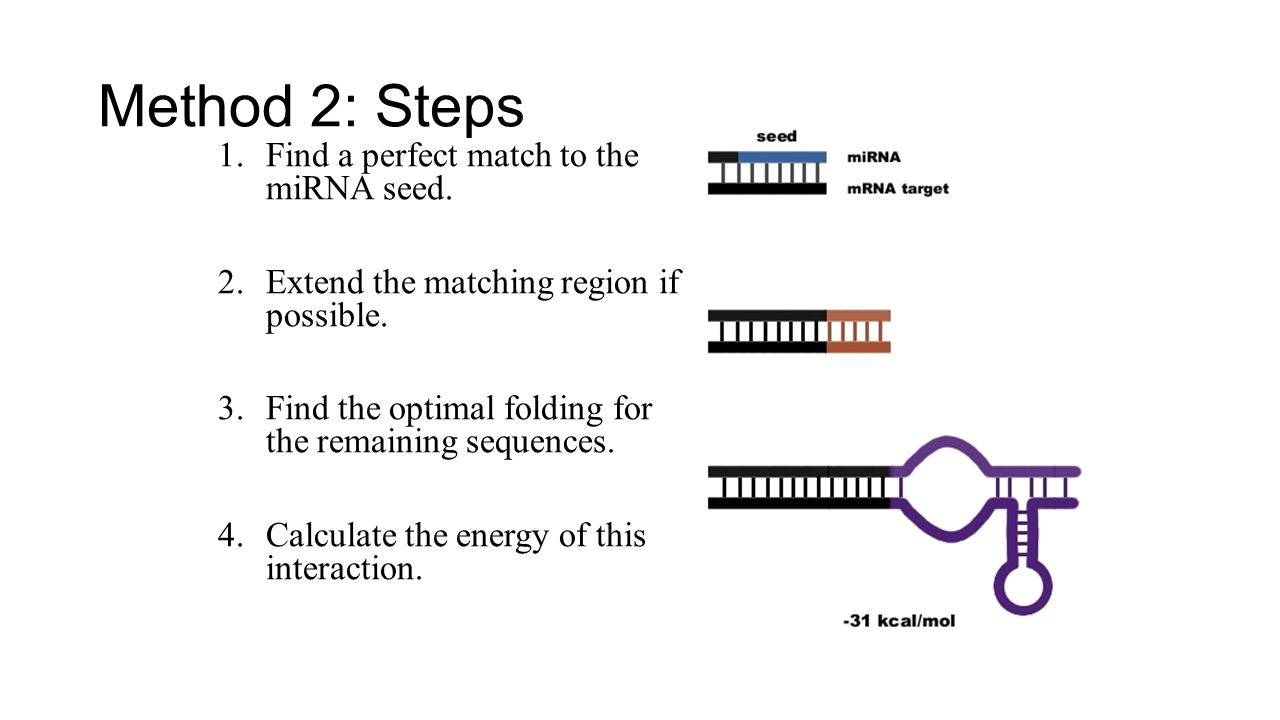



Microrna Computational Prediction And Analysis Ppt Download
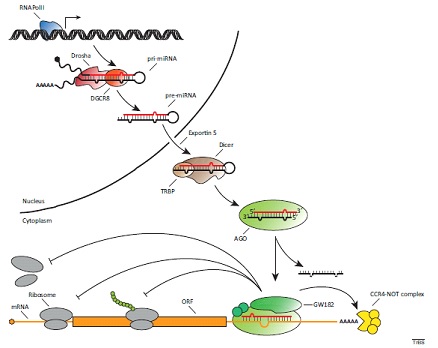



Identification Of Non Coding Cellular Rna As New Antiviral Targets
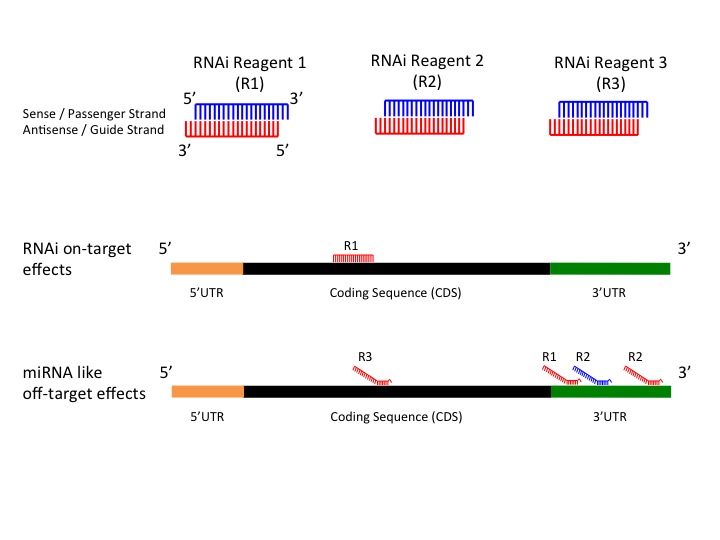



Gess
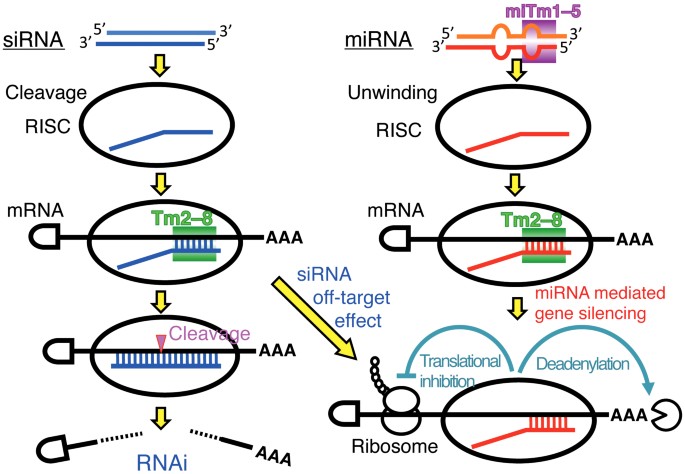



Stability Of Mirna 5 Terminal And Seed Regions Is Correlated With Experimentally Observed Mirna Mediated Silencing Efficacy Scientific Reports
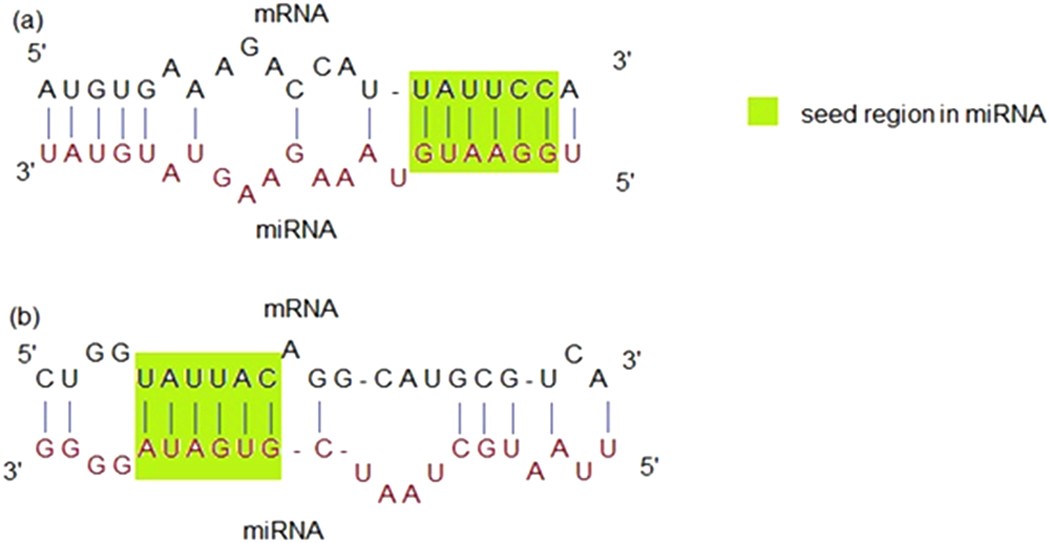



Mirepress Modelling Gene Expression Regulation By Microrna With Non Conventional Binding Sites Scientific Reports




Rna Mrna Target Interaction Schematic Overview Of A Mirna Interaction Download Scientific Diagram



1




Mapping The Human Mirna Interactome By Clash Reveals Frequent Noncanonical Binding Sciencedirect



Mir0c Microrna 0c




Identification Of Microrna 21 Target Genes Associated With Hair Follicle Development In Sheep Peerj



Wmd3 Web Microrna Designer




Mirna Therapeutics A New Class Of Drugs With Potential Therapeutic Applications In The Heart Future Medicinal Chemistry



2



Plos Computational Biology Miraw A Deep Learning Based Approach To Predict Microrna Targets By Analyzing Whole Microrna Transcripts




Tools For Sequence Based Mirna Ta Preview Related Info Mendeley
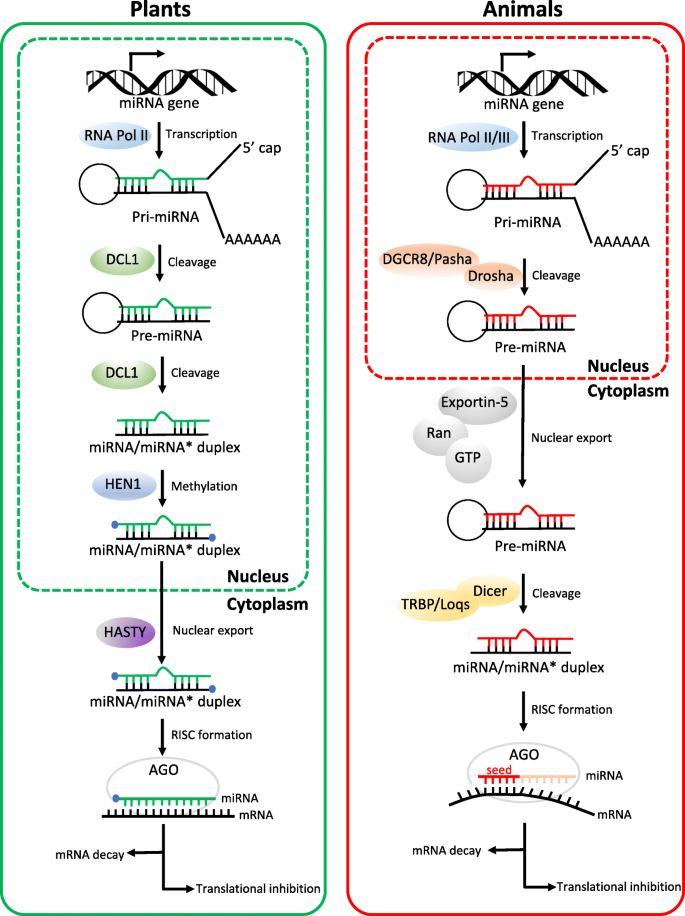



Micrornas From Plants To Animals Do They Define A New Messenger For Communication Nutrition Metabolism Full Text




Sirna Versus Mirna As Therapeutics For Gene Silencing Molecular Therapy Nucleic Acids




Human Polymorphism At Micrornas And Microrna Target Sites Pnas



Targetscan Non Canonical Sites




Snps In Microrna Target Sites And Their Potential Role In Human Disease Open Biology



Www Cell Com Cell Pdf S0092 8674 18 1 Pdf




Applied Biological Materials Abm 首页 Facebook
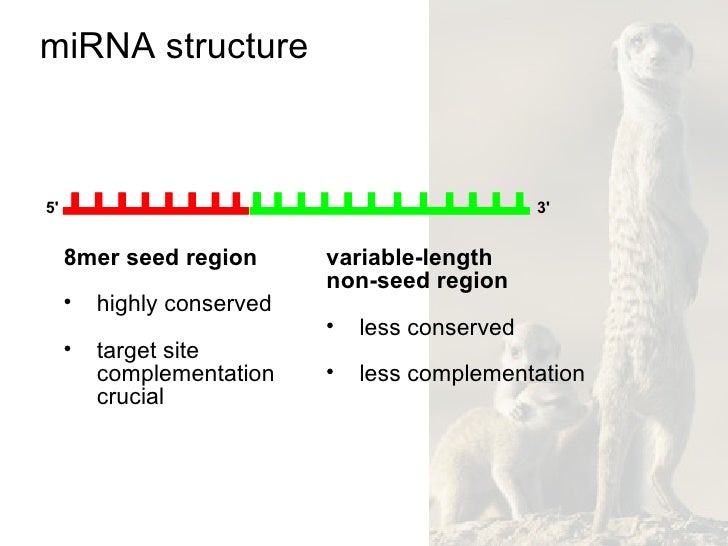



Human Snps In Microrna Target Sites



Plos One Micrornas Mir 19 Mir 340 Mir 374 And Mir 542 Regulate Mid1 Protein Expression




The Biochemical Basis Of Microrna Targeting Efficacy Science




How To Measure Mirna Expression Matt Barter Pdf Free Download




Riboxx Rna Technologies Benefits Of Rnai Cap For Mirna
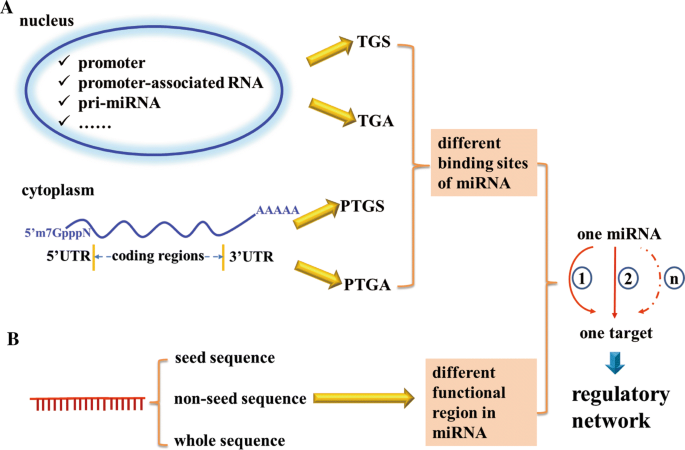



Regulatory Network Of Mirna On Its Target Coordination Between Transcriptional And Post Transcriptional Regulation Of Gene Expression Springerlink




Mirna Introduction Biogenesis Nomenclature And Experimental Workflow
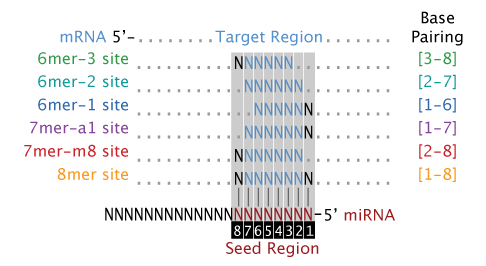



Mirvestigator Framework Detect The Mirnas Driving Co Expression Signatures




Chemical Modifications In The Seed Region Of Mirnas 221 222 Increase The Silencing Performances In Gastrointestinal Stromal Tumor Cells Sciencedirect
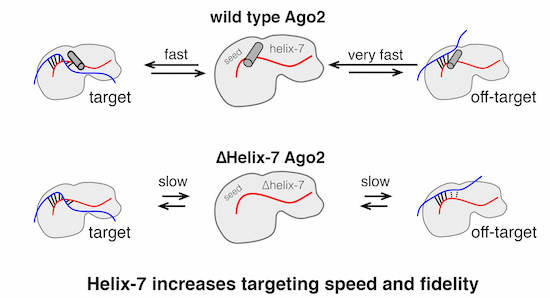



Helix 7 In Argonaute2 Shapes The Microrna Seed Region For Rapid Target Recognition The Embo Journal X Mol




The Biochemical Basis Of Microrna Targeting Efficacy Science



Http Genesdev Cshlp Org Content 19 9 1067 Full Pdf




Microrna Wikipedia
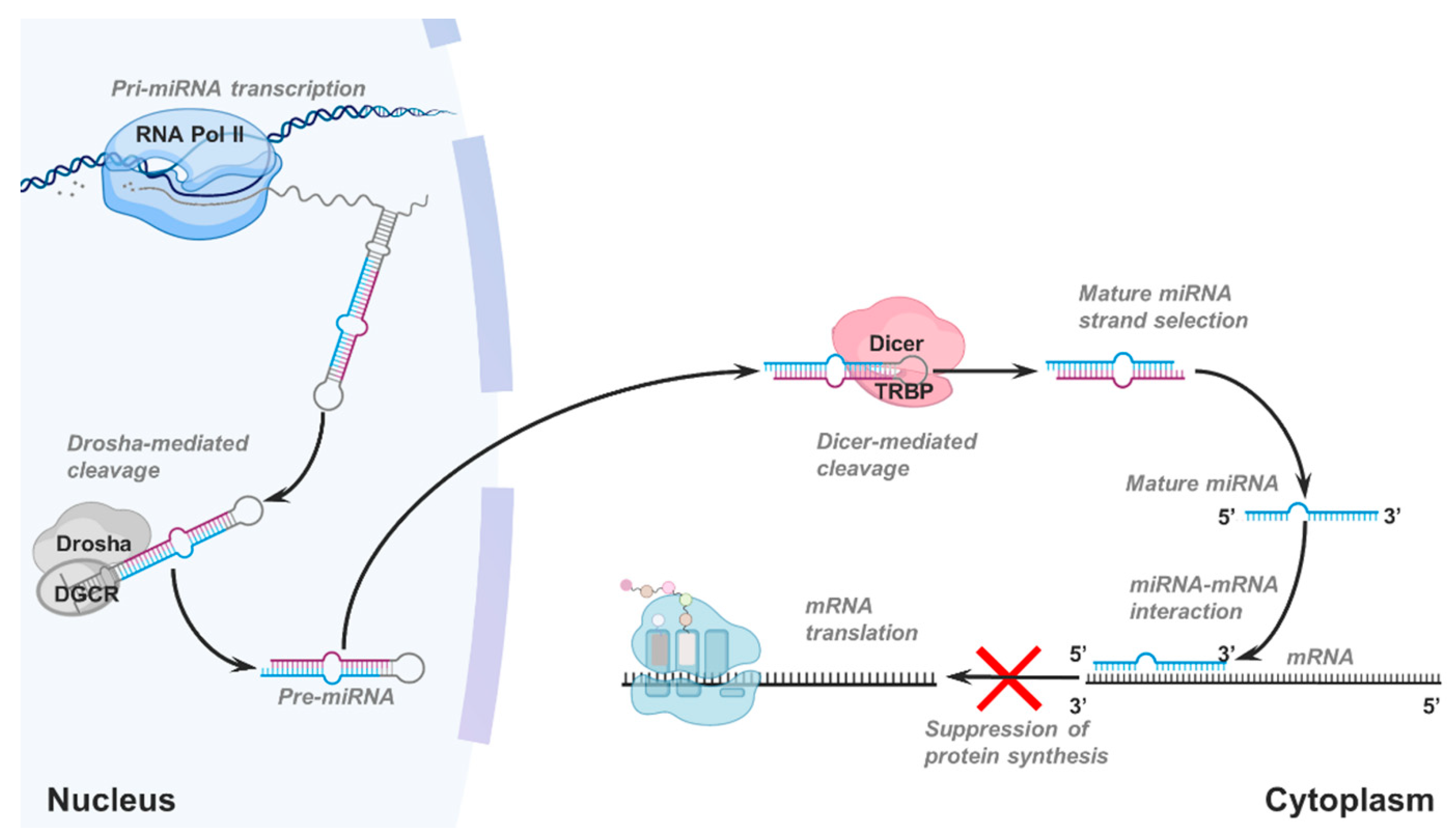



Cancers Free Full Text Detecting And Characterizing A To I Microrna Editing In Cancer Html




Beyond The Seed Structural Basis For Supplementary Microrna Targeting By Human Argonaute2 The Embo Journal




Mirna Targeting Growing Beyond The Seed Trends In Genetics




Mirna Introduction Biogenesis Nomenclature And Experimental Workflow




Microrna Polymorphisms The Future Of Pharmacogenomics Molecular Epidemiology And Individualized Medicine Pharmacogenomics



Upcommons Upc Edu Bitstream Handle 2117 Pdf Sequence 1 Isallowed Y
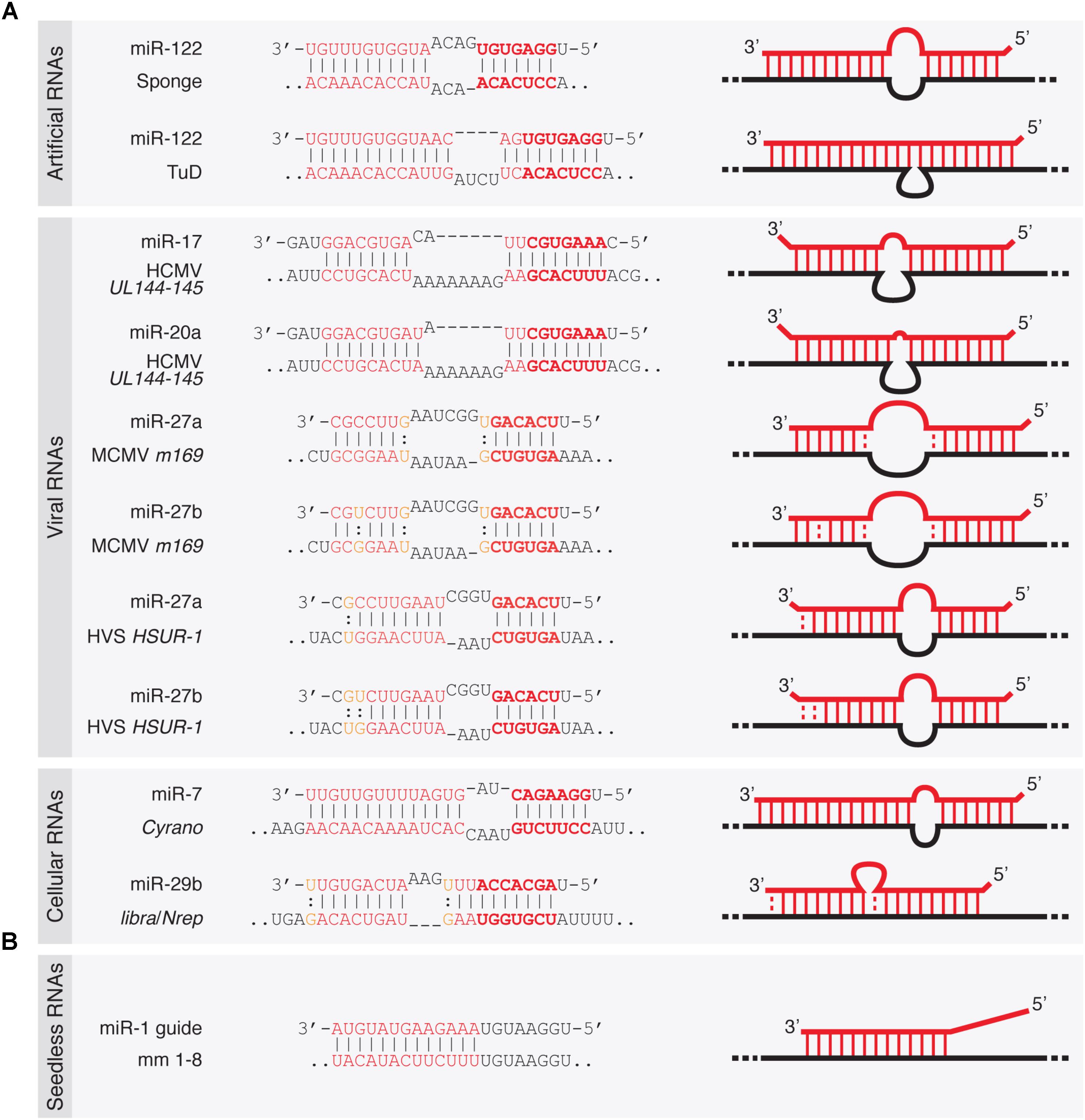



Frontiers Target Rnas Strike Back On Micrornas Genetics




Mirna Sequencing Report




Mirna Seed Types Nine Seed Types Are Categorized In Two Groups Download Scientific Diagram



Www Longdom Org Open Access Micrornas In Skin Biology Biogenesis Regulations And Functions In Homeostasis And Diseases Pdf




Pdf Identifying Microrna Targets In Different Gene Regions Semantic Scholar



0 件のコメント:
コメントを投稿